If you want to name one of the most regrettable decommissioning technology rankings, plasma TVs are definitely on the list.
A few days ago, Sichuan Changhong issued an asset announcement that the company intends to transfer 61.48% of the shares of Sichuan Hong Europe Display Devices Co., Ltd. to Mianyang Dakun Investment Co., Ltd. by way of a contractual transfer, at a transaction price of 64.2 million yuan. In the face of huge losses in successive years and the market outlook continues to decline, Changhong, the world's last plasma TV manufacturer, chose to let go. The plasma TV, which had repeatedly threatened to withdraw from the drama and return to it later, was really a no-show.
Plasma: Technology Can't Decide Victory
Why did the plasma fail? Is the technical indicator not keeping up with the times? Obviously not. In fact, the picture performance of plasma TV has always been highly recognized in the industry. The panel of the plasma TV utilizes the principle of gas discharge and relies on the three primary phosphors of R, G and B to emit light. Each pixel is an active light emitting unit. After the 256 gray levels are realized in the light emitting unit, color mixing is performed to finally display the correct color. . This structure allows the color of the plasma panel to have an inherent advantage over the liquid crystal. The color of plasma TVs is calculated based on hundreds of millions of dollars, and LCD TVs are mostly tens of millions of grades, not on a grade.
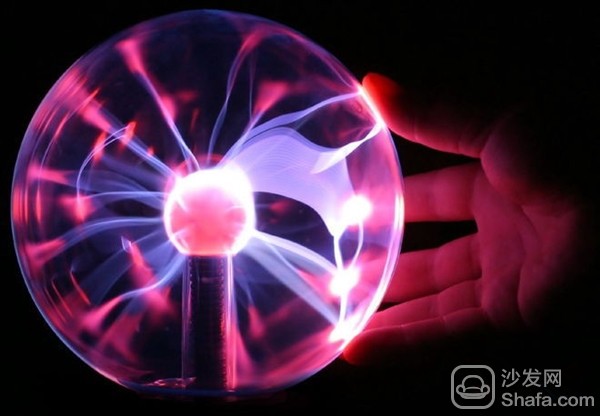
From the light emission type, the plasma TV panel is active light, and the LCD TV panel itself can not emit light, need to be illuminated by the backlight light, which makes the plasma TV's latitude, dynamic contrast are far better than the traditional LCD panel. In addition, the screen response speed was also a weakness of LCD TVs. The response speed of the liquid crystal is mostly in the millisecond level. For fast moving black images or white images, the LCD TV has a slight tailing phenomenon. The response speed of the gas discharge display of the plasma TV is only 2-3 microseconds, which is basically the same as that of the traditional CRT monitor, which is beyond the range that the human eye can recognize. The delay is completely negligible.
As for the inherent defects of LCD panels (which cannot show true black), the advantages of plasma panels are almost infinite.
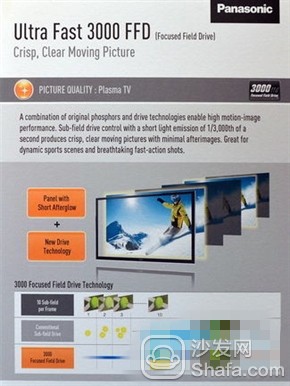
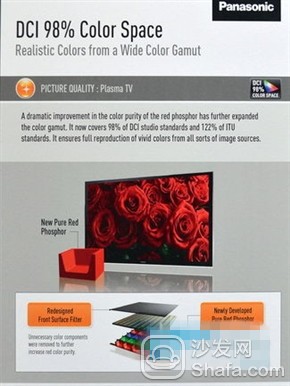
However, good technology is never the necessary and sufficient condition to determine the outcome of the market. Absolute technical advantages did not bring much benefit to plasma TVs. On the contrary, plasma alliances such as Panasonic and other Japanese companies stood on their laurels and missed opportunities for development.
In the early days of plasma development, manufacturers such as Panasonic, Samsung, LG, Hitachi, and Pioneer firmly controlled the technological advantages and upstream plasma panel manufacturing resources, and in order to obtain higher profits, they did not open the entire industry chain to other manufacturers. Even Sony, Toshiba, etc., who are members of the Japanese plasma camp, could not obtain better upstream resources, let alone Korean, Taiwanese, and domestic manufacturers.
The plasma camp's solidarity gave the LCD camps a chance to catch up. After 2000, members of the liquid crystal display camps such as Sharp, Sony, Samsung, and Taiwanese manufacturers began to speed up the layout. The LCD panel technology is also relatively open. Many advanced LCD panel production lines have settled in the Asia-Pacific region one after another. With sufficient supply of goods, the entire machine companies are rushing.

Driven by the huge market demand, the technology of LCD itself has also made rapid progress. LCD TVs have made great strides in response time, viewing angles, and colors. The large-size liquid crystal panels that have been plagued by manufacturers for years have been too expensive and have disappeared with the improvement of the manufacturing process. This is a virtuous circle: On the one hand, the LCD camp continues to expand, output soars, costs drop, and consumers are quickly favored. On the other hand, the huge demand in the market has in turn prompted manufacturers to invest, effectively improving some of the inherent weaknesses of LCD technology.
In contrast, the plasma camp in the same period was almost dead. Technology and prices were monopolized by a few manufacturers, and it was difficult to change the situation. According to a survey conducted by Dis Search, a US market research organization, in the third quarter of 2006, LCD TVs surpassed plasma TVs for the first time in the large-screen, ultra-thin TV market of more than 37 inches. By 2009, the plasma market share has dropped to 10%. From 2010 onwards, Matsushita and other manufacturers hope to use a new display method such as 3D to revive plasma TVs, but the market share has not changed significantly.
LCD: Open to Win the Future
The plasma camp's solidarity gave the LCD camps a chance to catch up. After 2000, members of the liquid crystal display camps such as Sharp, Sony, Samsung, and Taiwanese manufacturers began to speed up the layout. The LCD panel technology is also relatively open. Many advanced LCD panel production lines have settled in the Asia-Pacific region one after another. With sufficient supply of goods, the entire machine companies are rushing.
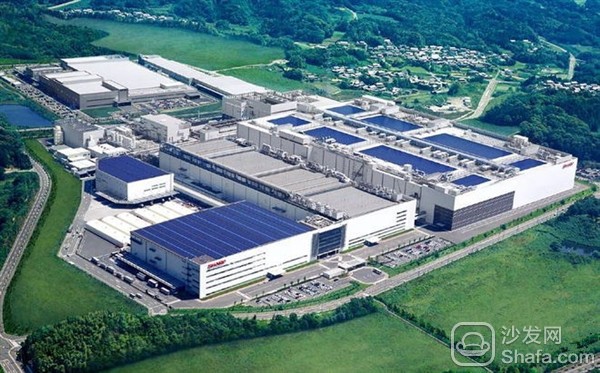
Under the huge market demand, LCD technology itself has also made rapid progress. LCD TVs have made great strides in response time, viewing angles, and colors. The large-size liquid crystal panels that have been plagued by manufacturers for years have been too expensive and have disappeared with the improvement of the manufacturing process. This is a virtuous circle: On the one hand, the LCD camp continues to expand, output soars, costs drop, and consumers are quickly favored. On the other hand, the huge demand in the market has in turn prompted manufacturers to invest, effectively improving some of the inherent weaknesses of LCD technology.
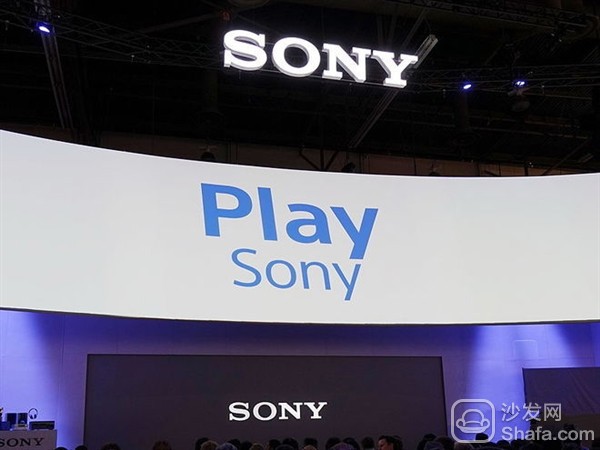
In contrast, the plasma camp in the same period was almost dead. Technology and prices were monopolized by a few manufacturers, and it was difficult to change the situation. According to a survey conducted by Dis Search, a US market research organization, in the third quarter of 2006, LCD TVs surpassed plasma TVs for the first time in the large-screen, ultra-thin TV market of more than 37 inches. By 2009, the plasma market share has dropped to 10%. From 2010 onwards, Matsushita and other manufacturers hope to use a new display method such as 3D to revive plasma TVs, but the market share has not changed significantly.
The arrival of the mobile era: The last straw that crushed the camel
With a flat-screen TV market alone, LCD may not be able to completely overwhelm the plasma, but with the release of the Apple iPhone, the wave of mobile Internet has become the last straw to suppress the camel.
Compared to LCD panels, plasma panels always have one of the deadliest flaws - no way to do it. After more than ten years of development, plasma camps led by Panasonic have not been able to produce plasma TVs under 40 inches in size. Plasma panels can not be stuffed into the tablet, let alone mobile phones.


JDI's 5.5-inch/7-inch ultra-high-definition LCD panel for mobile devices such as mobile phones
In the field of 3-6-inch mobile phone display panels, LCD has established its own "absolute authority", and the explosive growth of smart phones has generated a huge demand. Small-sized LCD panels have become a hot spot for display device manufacturers to invest in for a few short years. Manufacturers' resources are always limited. Since the focus is on the LCD panel, the plasma panel cake will naturally become smaller and smaller. After 2005, this has almost become an irreversible trend.
In 2005, Toshiba announced that it stopped the development of plasma TVs. In 2006, Sony announced its withdrawal from plasma TVs. In 2007, Fujitsu announced the suspension of production of plasma TVs. In 2008, Pioneer stated that it would stop production of plasma TVs. By 2013, Panasonic, the plasma TV industry leader, eventually opted to withdraw in the face of a decline in the consumer market.

Panasonic has also changed its liquid crystal display technology
"This is a landmark event. Panasonic's exit has caused a heavy blow to global plasma manufacturers." Liu Buchen, an industry insider, said, "When other manufacturers give up, Changhong can't do it anymore. It's unavoidable to give up, because the plasma The television industry chain has been broken and some upstream components need to be imported."
Not long ago, South Korea's Samsung and LG have also confirmed to the outside world that they will stop the production of plasma TVs and plasma panels. The time point for the suspension of production was at the end of last month. Changhong, mentioned earlier, was the last plasma manufacturer to announce that it would shake off the plasma.
After more than ten years of development, plasma TVs finally ushered in the historic moment of the curtain call. As an ordinary consumer, we do not need to regret that we have once been so thirsty for this excellent display technology. It is the plasma camp itself that has severed its own path.
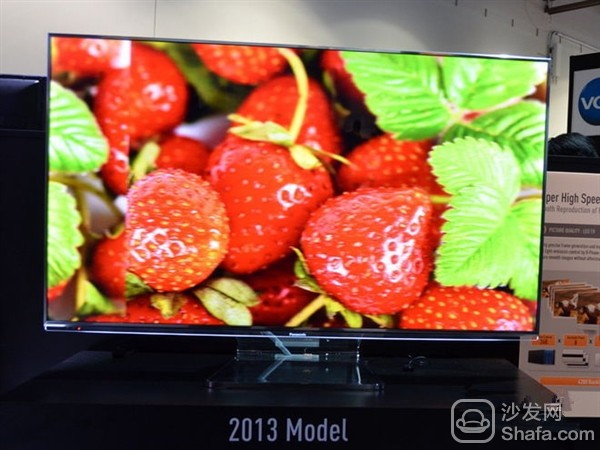

A few days ago, Sichuan Changhong issued an asset announcement that the company intends to transfer 61.48% of the shares of Sichuan Hong Europe Display Devices Co., Ltd. to Mianyang Dakun Investment Co., Ltd. by way of a contractual transfer, at a transaction price of 64.2 million yuan. In the face of huge losses in successive years and the market outlook continues to decline, Changhong, the world's last plasma TV manufacturer, chose to let go. The plasma TV, which had repeatedly threatened to withdraw from the drama and return to it later, was really a no-show.
Plasma: Technology Can't Decide Victory
Why did the plasma fail? Is the technical indicator not keeping up with the times? Obviously not. In fact, the picture performance of plasma TV has always been highly recognized in the industry. The panel of the plasma TV utilizes the principle of gas discharge and relies on the three primary phosphors of R, G and B to emit light. Each pixel is an active light emitting unit. After the 256 gray levels are realized in the light emitting unit, color mixing is performed to finally display the correct color. . This structure allows the color of the plasma panel to have an inherent advantage over the liquid crystal. The color of plasma TVs is calculated based on hundreds of millions of dollars, and LCD TVs are mostly tens of millions of grades, not on a grade.

Plasma discharge phenomenon
From the light emission type, the plasma TV panel is active light, and the LCD TV panel itself can not emit light, need to be illuminated by the backlight light, which makes the plasma TV's latitude, dynamic contrast are far better than the traditional LCD panel. In addition, the screen response speed was also a weakness of LCD TVs. The response speed of the liquid crystal is mostly in the millisecond level. For fast moving black images or white images, the LCD TV has a slight tailing phenomenon. The response speed of the gas discharge display of the plasma TV is only 2-3 microseconds, which is basically the same as that of the traditional CRT monitor, which is beyond the range that the human eye can recognize. The delay is completely negligible.
As for the inherent defects of LCD panels (which cannot show true black), the advantages of plasma panels are almost infinite.


Plasma TV's parameters have absolute advantages
However, good technology is never the necessary and sufficient condition to determine the outcome of the market. Absolute technical advantages did not bring much benefit to plasma TVs. On the contrary, plasma alliances such as Panasonic and other Japanese companies stood on their laurels and missed opportunities for development.
In the early days of plasma development, manufacturers such as Panasonic, Samsung, LG, Hitachi, and Pioneer firmly controlled the technological advantages and upstream plasma panel manufacturing resources, and in order to obtain higher profits, they did not open the entire industry chain to other manufacturers. Even Sony, Toshiba, etc., who are members of the Japanese plasma camp, could not obtain better upstream resources, let alone Korean, Taiwanese, and domestic manufacturers.
The plasma camp's solidarity gave the LCD camps a chance to catch up. After 2000, members of the liquid crystal display camps such as Sharp, Sony, Samsung, and Taiwanese manufacturers began to speed up the layout. The LCD panel technology is also relatively open. Many advanced LCD panel production lines have settled in the Asia-Pacific region one after another. With sufficient supply of goods, the entire machine companies are rushing.

Driven by the huge market demand, the technology of LCD itself has also made rapid progress. LCD TVs have made great strides in response time, viewing angles, and colors. The large-size liquid crystal panels that have been plagued by manufacturers for years have been too expensive and have disappeared with the improvement of the manufacturing process. This is a virtuous circle: On the one hand, the LCD camp continues to expand, output soars, costs drop, and consumers are quickly favored. On the other hand, the huge demand in the market has in turn prompted manufacturers to invest, effectively improving some of the inherent weaknesses of LCD technology.
In contrast, the plasma camp in the same period was almost dead. Technology and prices were monopolized by a few manufacturers, and it was difficult to change the situation. According to a survey conducted by Dis Search, a US market research organization, in the third quarter of 2006, LCD TVs surpassed plasma TVs for the first time in the large-screen, ultra-thin TV market of more than 37 inches. By 2009, the plasma market share has dropped to 10%. From 2010 onwards, Matsushita and other manufacturers hope to use a new display method such as 3D to revive plasma TVs, but the market share has not changed significantly.
LCD: Open to Win the Future
The plasma camp's solidarity gave the LCD camps a chance to catch up. After 2000, members of the liquid crystal display camps such as Sharp, Sony, Samsung, and Taiwanese manufacturers began to speed up the layout. The LCD panel technology is also relatively open. Many advanced LCD panel production lines have settled in the Asia-Pacific region one after another. With sufficient supply of goods, the entire machine companies are rushing.

Under the huge market demand, LCD technology itself has also made rapid progress. LCD TVs have made great strides in response time, viewing angles, and colors. The large-size liquid crystal panels that have been plagued by manufacturers for years have been too expensive and have disappeared with the improvement of the manufacturing process. This is a virtuous circle: On the one hand, the LCD camp continues to expand, output soars, costs drop, and consumers are quickly favored. On the other hand, the huge demand in the market has in turn prompted manufacturers to invest, effectively improving some of the inherent weaknesses of LCD technology.

In contrast, the plasma camp in the same period was almost dead. Technology and prices were monopolized by a few manufacturers, and it was difficult to change the situation. According to a survey conducted by Dis Search, a US market research organization, in the third quarter of 2006, LCD TVs surpassed plasma TVs for the first time in the large-screen, ultra-thin TV market of more than 37 inches. By 2009, the plasma market share has dropped to 10%. From 2010 onwards, Matsushita and other manufacturers hope to use a new display method such as 3D to revive plasma TVs, but the market share has not changed significantly.
The arrival of the mobile era: The last straw that crushed the camel
With a flat-screen TV market alone, LCD may not be able to completely overwhelm the plasma, but with the release of the Apple iPhone, the wave of mobile Internet has become the last straw to suppress the camel.
Compared to LCD panels, plasma panels always have one of the deadliest flaws - no way to do it. After more than ten years of development, plasma camps led by Panasonic have not been able to produce plasma TVs under 40 inches in size. Plasma panels can not be stuffed into the tablet, let alone mobile phones.


JDI's 5.5-inch/7-inch ultra-high-definition LCD panel for mobile devices such as mobile phones
In the field of 3-6-inch mobile phone display panels, LCD has established its own "absolute authority", and the explosive growth of smart phones has generated a huge demand. Small-sized LCD panels have become a hot spot for display device manufacturers to invest in for a few short years. Manufacturers' resources are always limited. Since the focus is on the LCD panel, the plasma panel cake will naturally become smaller and smaller. After 2005, this has almost become an irreversible trend.
In 2005, Toshiba announced that it stopped the development of plasma TVs. In 2006, Sony announced its withdrawal from plasma TVs. In 2007, Fujitsu announced the suspension of production of plasma TVs. In 2008, Pioneer stated that it would stop production of plasma TVs. By 2013, Panasonic, the plasma TV industry leader, eventually opted to withdraw in the face of a decline in the consumer market.

Panasonic has also changed its liquid crystal display technology
"This is a landmark event. Panasonic's exit has caused a heavy blow to global plasma manufacturers." Liu Buchen, an industry insider, said, "When other manufacturers give up, Changhong can't do it anymore. It's unavoidable to give up, because the plasma The television industry chain has been broken and some upstream components need to be imported."
Not long ago, South Korea's Samsung and LG have also confirmed to the outside world that they will stop the production of plasma TVs and plasma panels. The time point for the suspension of production was at the end of last month. Changhong, mentioned earlier, was the last plasma manufacturer to announce that it would shake off the plasma.
After more than ten years of development, plasma TVs finally ushered in the historic moment of the curtain call. As an ordinary consumer, we do not need to regret that we have once been so thirsty for this excellent display technology. It is the plasma camp itself that has severed its own path.

Recommended installation sofa butler Download: http://app.shafa.com/
